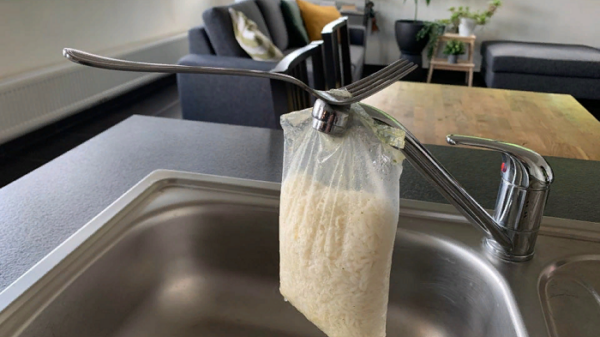There are many types of perfumes, but often buyers, especially those who have not been interested in the topic of purchasing aromatic compositions not so long ago, cannot figure out what spirits, for example, differ from toilet water. Meanwhile, such a division of similar products similar at first glance is not an accident.
The fact is that the first aromatic compositions that a person could make were a mixture of essential oils. This continued until the Hungarian queen Elizabeth gave a mixture of essential oils and alcohol, this gift became the first perfumed water of the modern type and was called “Hungarian water”. ..Thus, the difference between perfumes and perfumes water lies in the content of alcohol as part of the last. Modern production standards say that perfumes should contain at least ten percent of the aromatic composition of oils. ..If perfumes contain 15% of the oil mixture, then these are extra-class perfumes. A high percentage of content in the spirits of essential oils provides them with the greatest resistance. Toilet water according to state standards may contain from 4 to 10 percent of the aromatic composition. Various colognes have an unobtrusive refreshing effect. They are chosen by those who do not tolerate the constant environment of any smell. Cologne contains 1.5-3% of essential oils…Perhaps, only fragrant water has a less persistent smell, for which the aromas are chosen neutral, fresh. If we take into account that a large amount of plant materials are required to make real spirits, it becomes clear that the preservation of ecology requires replacing natural ingredients with synthesized.




